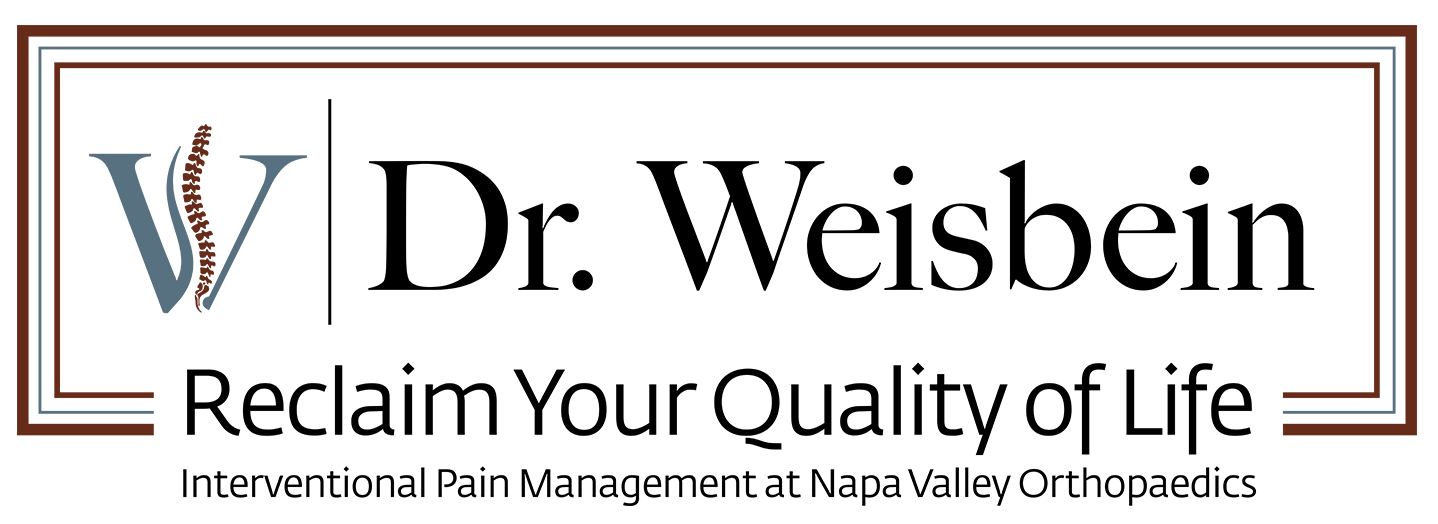Vertebral Compression Fracture
If back pain sudden, severe, and persistent, a vertebral compression fracture–or a break in your spinal bone–could be the culprit. Pain management specialist, Dr. Jackie Weisbein and her experienced team use various nonsurgical and surgical treatments that can help you find relief.
What is a vertebral compression fracture?
A vertebral compression fracture (VCF) occurs when a vertebral body in your spine collapses, often causing severe pain, loss of height, and spinal deformity. VCFs usually occur in the middle or lower portion of your back. Dr. Weisbein can help you find effective pain relief.
What are the symptoms?
The following signs and symptoms may indicate you have a vertebral compression fracture:
Loss of height
Spinal deformity
Disability
Sudden back pain
Pain with walking or standing
Reduced spinal mobility
Pain with coughing or sneezing
The back pain you experience with VCF commonly occurs near the break. You may notice sudden back pain near your waistline or slightly above or below it. The pain might become worse when you move around or change positions.
What are the causes of VCFs?
Compression fractures can occur if you have severe osteoporosis or weak bones. If you have this condition, even simple activities like getting out of the shower, sneezing, or lifting objects can cause a vertebral fracture.
If you’ve had a VCF in the past, your risk of another one increases significantly. You may also develop a VCF from trauma, such as a sports injury, falling, or a car accident.
How is a compression fracture diagnosed?
To diagnose a vertebral compression fracture or other causes of back pain, Dr. Weisbein reviews your medical history, asks about your symptoms, and completes a physical exam. She and her team may test the spinal nerve root function with neurologic exams and tests. Additionally, they might use X-rays, MRIs, CT scans, or bone scans. Bone density testing helps determine if you have osteoporosis.
What treatment options are available?
Dr. Weisein may recommend one of the following treatments for vertebral compression fracture, depending on the type and severity of your injury:
Nonsurgical options: Sometimes a fracture subsides on its own with proper rest, ice, and wearing a brace to restrict spinal mobility.
Kyphoplasty: During kyphoplasty, Dr. Weisbein inserts a needle into a fractured vertebra using X-ray guidance. She adds a balloon-like device into the fractured area to restore the shape and height of your vertebral body. Removing the device leaves a cavity filled with special bone cement.
Vertebroplasty: Vertebroplasty is like kyphoplasty as Dr. Weisbein injects bone cement material into a narrowed vertebrae to repair your injury, except she doesn’t use a balloon-like device.
If you’ve been diagnosed with a vertebral compression fracture, schedule an appointment with Dr. Weisbein. To schedule a new patient appointment, please call (707) 254-7117 or submit an Online Appointment Request here: New Patient Intake Form. If you are an existing patient, please call (707) 603-1078.
